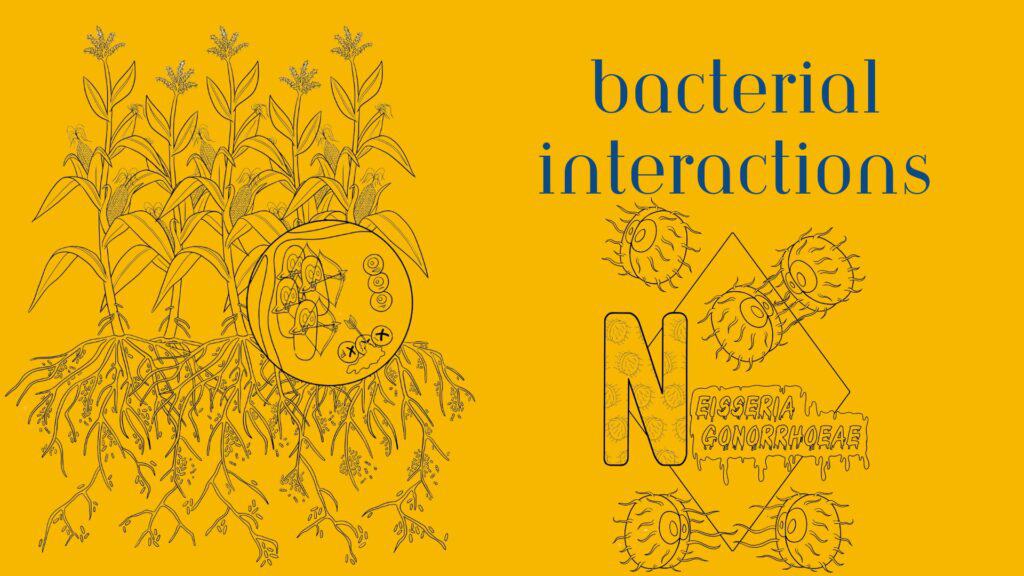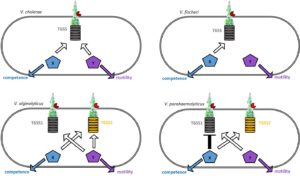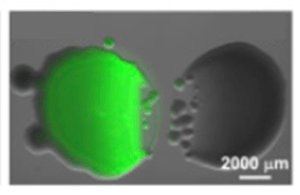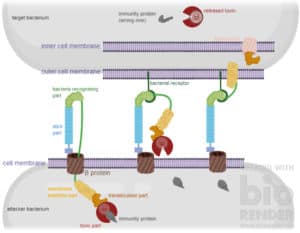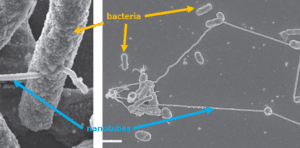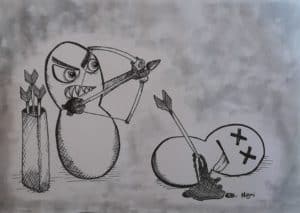
The bacterial armoury
Bacteria developed lethal killing machines to deliver toxins into other organisms. These toxic bullets have different functions to break up essential components of the prey. Independent on what the target of the toxin is, the prey surely will not come out happy after that!

